Alternative Space Loop (대안공간 루프)
7.1Km 2025-05-14
Wausan-ro 29-nagil 20, Mapo-gu, Seúl.
Alternativa Space Loop es una galería inaugurada en febrero de 1999 y forma parte de los Espacios Alternativos. Los Espacios Alternativos ofrecen salas de exposición a nuevos artistas con perspectivas a futuro y los apoya en asuntos relacionados con sus obras y son emprendimientos sin ánimo de lucro. Actualmente, son patrocinados por el Ministerio de Cultura y Turismo y la Agencia de Fomento de Cultura y Arte de Corea. Alternative Space Loop ha organizado cada año decenas de exposiciones y espectáculos. Asimismo, ha realizado actividades de intercambio internacional, participando en eventos como el Bienal de Tirana. Fue invitado como uno de los Espacios Alternativos para el Bienal de Gwangju 2002.
Mercado Dongjin (동진시장)
7.1Km 2024-02-21
Donggyo-ro 46-gil 33, Mapo-gu, Seúl.
AK Plaza Hongdae (AK Plaza 홍대)
7.2Km 2025-06-18
Yanghwa-ro 188, Mapo-gu, Seúl
Templo Bongeunsa en Seúl (봉은사(서울))
7.2Km 2025-06-20
Bongeunsa-ro 531, Gangnam-gu, Seúl
El templo se encuentra localizado al norte del Centro de Convenciones y Exhibiciones de Corea (COEX). Fue construido durante el 10º año del reinado del rey Wonseong (794), que perteneció a la dinastía Silla, por el maestro Yeonhue, y en aquel tiempo recibía el nombre de Gyeonseongsa. Luego, en el año 1498, la reina Jeonghyeon, esposa del rey Seongjong, remodeló y amplió el templo, modificando el nombre por Bongeunsa. En un principio, el templo se encontraba ubicado a 1 km de distancia de la Tumba Seolleung; pero durante el reinado de Myeongjong, en la dinastía Joseon, fue trasladado al lugar actual por el monje Bowoo. El templo conserva una gran cantidad de reliquias budistas, textos, sutras, colecciones, etc., relacionados con la historia del budismo, y presenta un total de 3.479 artículos. En particular, el 9 de septiembre de cada año, según el calendario lunar, se celebra un desfile especial que consiste en recorrer las áreas del templo siguiendo los principios budistas y recitando los sutras.
Parque Ttukseom del Río Hangang (뚝섬한강공원)
7.2Km 2025-06-13
Jayang-dong 427-1, Gwangjin-gu, Seúl.
Este parque dispone de una fuente musical, plaza de la ribera, jardín de rosas, centro ecológico, parque infantil, etc. La plaza de la ribera cuenta con grandes instalaciones que posibilitan cualquier tipo de representación artística y cultural al aire libre. Se ha creado un complejo cultural para el descanso y el entretenimiento artístico, cuya edificación tiene la forma de una oruga, con 243 m de longitud. Al estar conectado con la Estación de Jayang del metro, es de fácil acceso, y, por la vía de la “oruga” hay una cafetería, un salón de té, una tienda de suvenires, una exposición de obras de arte, etc. El uso del parque varía según las estaciones del año: en verano, se puede hacer gran variedad de deportes acuáticos, como es el caso del windsurf, esquí acuático, barco a motor, etc.; en primavera y otoño, se convierte en un enorme espacio de exposición de flores estacionales; y, en invierno, se transforma en pista de patinaje y para los trineos de nieve. Además de estas actividades, el parque cuenta con las siguientes instalaciones: rocas artificiales para escalar, muelle para ferris, sala de lactancia, área de descanso para mujeres, etc.
Escuela de Canotaje Songkang (송강카누학교 서울분교)
7.2Km 2023-10-06
Gangbyeonbuk-ro 139, Gwangjin-gu, Seúl
En esta escuela se pueden realizar cursos intensivos, participar en los tours preparados y pasar un buen tiempo en compañía de amigos, familiares, etc. Los cursos que ofrece el club se destacan por ser fáciles, cómodos, seguros, divertidos y muy accesibles.
Pista de Trineos del Parque Ttukseom del Río Hangang (한강공원 뚝섬 눈썰매장)
7.2Km 2023-11-02
Gangbyeonbuk-ro 139, Gwangjin-gu, Seúl
+82-2-453-3028
Este espacio no solo tiene pistas de trineo de nieve, sino que juegos, áreas de práctica de pesca, etc. La deslizadera, de 90 m de longitud y 15 m de ancho, permite disfrutar de un emocionante momento en trineo, y aparte hay muchas actividades interesantes como mini barco pirata, mini-tren y naves espaciales. También hay lugares de descanso como tiendas y cafeterías.
Shanti (산띠)
7.3Km 2026-01-05
70, Wausan-ro 27-gil, Mapo-gu, Seoul
Shanti is an Indian, Nepalese restaurant with cuisine prepared by chef with over 15 years of experience.
Templo Hwagyesa en Seúl (화계사(서울))
7.4Km 2021-11-29
Hwagyesa-gil 117, Gangbuk-gu, Seúl.
El templo Hwagyesa, bajo la orden Chogye del budismo coreano, se ubica en los pies del monte Samgaksan en Suyu-dong, Gangbuk-gu, Seúl. Aunque se localiza en la capital, el encantador paisaje de su alrededor crea un escenario que permite escaparse de la vida urbana. Construido en el año 1522 (el 17º año del reinado del rey Jungjong de la dinastía Joseon) por el monje Shinwol, fue destruido por un incendio el 1618. En 1866 (el 3º año del reinado del rey Gojong), se reconstruyó con soporte financiero de la corte real. El templo fue construido con un estilo arquitectónico antiguo, junto con Daeungjeon, el santuario principal (Bien Cultural Tangible), el santuario Myeongbujeon, el pabellón Samseonggak, el santuario Cheonbulobaekseongjeon, el pabellón de la campana del templo, la torre Bohwaru y la torre Hakseoru. Un pequeño manantial, llamado Oktakcheon, localizado en el valle (Hwagyeogol) más allá del templo Hwagyesa, es famoso por los poderes curativos sobrenaturales de enfermedades de la piel y el estómago. Una leyenda dice que el manantial fue formado con los picotazos de los cuervos en las rocas.
Kukkiwon (Centro Internacional de Taekwondo) (국기원(세계태권도본부))
7.4Km 2025-08-18
Teheran-ro 7-gil 32, Gangnam-gu, Seúl
El Centro Internacional de Taekwondo Kukkiwon, localizado en Yeoksam-dong, Gangnam-gu, Seúl, fue fundado en 1972. Al año siguiente se llevó a cabo el primer Mundial de Taekwondo, entre el 25 y el 27 de mayo en 1973. El 28 de mayo de ese año, fue establecida la Federación Mundial de Taekwondo. La promoción y las concesiones fueron repartidas en el 5 de febrero del año 1980, y el 10 de julio del mismo año, el sistema del entrenamiento de la dirección entró en efecto. El área mide 13.025 m². El edificio alberga la Academia de Taekwondo y la sede de la Federación Mundial de Taekwondo, incluyendo varias instalaciones tales como un estadio capaz de acomodar a 3.000 personas, salas de clase, oficinas, cafeterías, cuartos de ducha y cuartos de preparación.
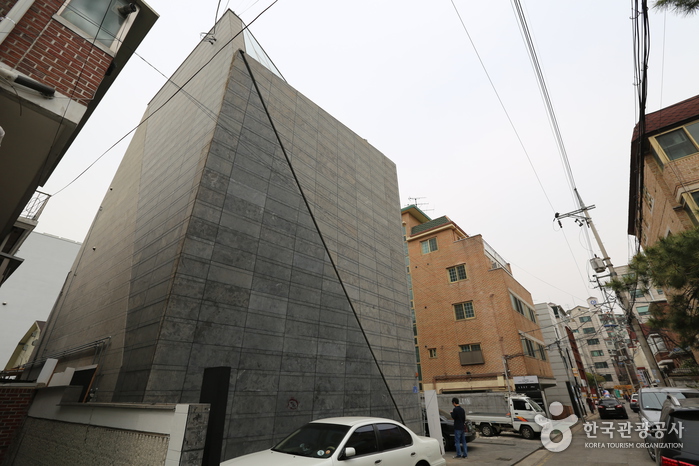

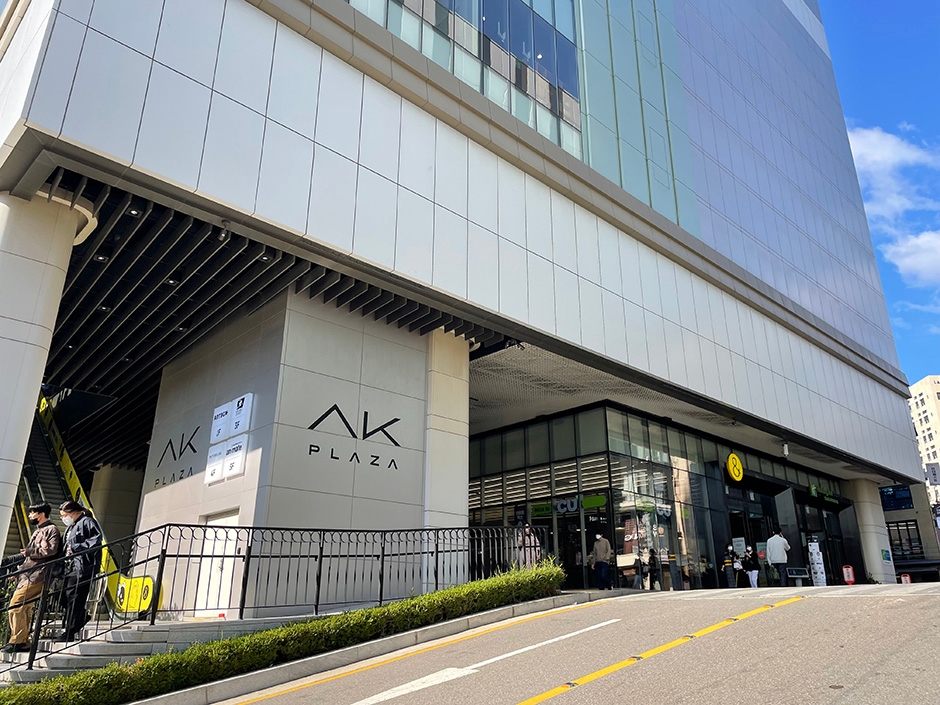
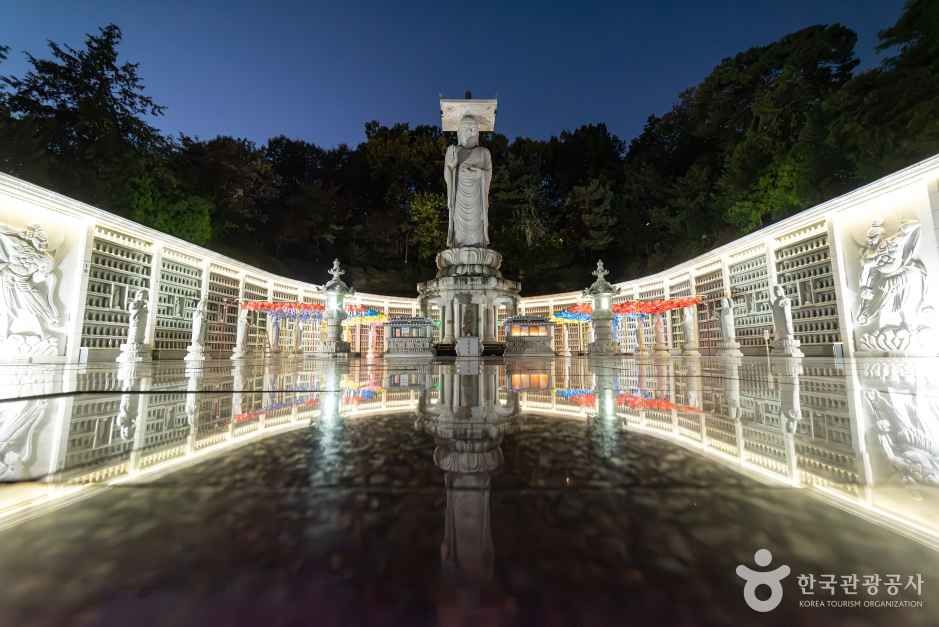
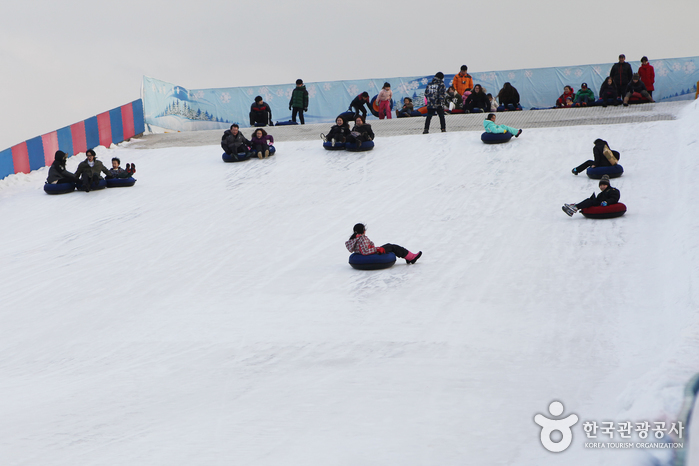

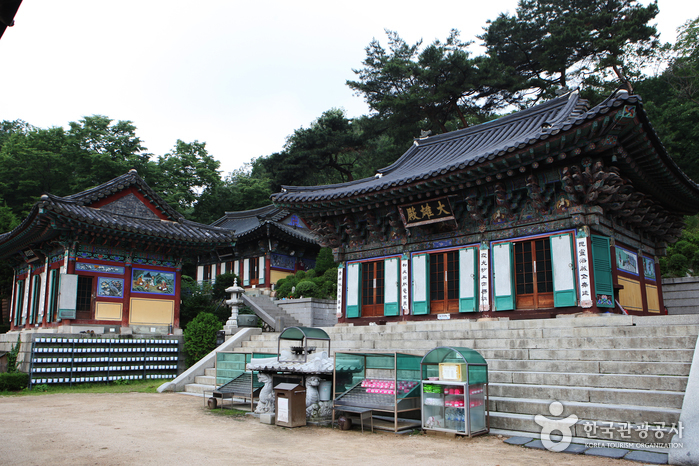
 Español
Español
 한국어
한국어 English
English 日本語
日本語 中文(简体)
中文(简体) Deutsch
Deutsch Français
Français Русский
Русский